Tuning the A1
"The small car with the big performance"
Introduced in 2010, the Audi A1 introduction into Audi's lineup may have raised some eyebrows initially given the brand's reputation for larger, luxury vehicles. But the A1 marked Audi's ambitious entry into the competitive compact hatchback market.
However, the A1's remarkable success story has silenced any skeptics. This compact gem has quickly established itself as a high-end option within the small car segment, combining Audi's signature quality and sophistication with the practicality and agility of a smaller vehicle.
Its appeal isn't just in its badge or compact form; the A1 offers an engaging drive right out of the box, with commendable handling and performance that stand out in its class. The S1 takes this to new levels and shows just how capable the A1 design can be.
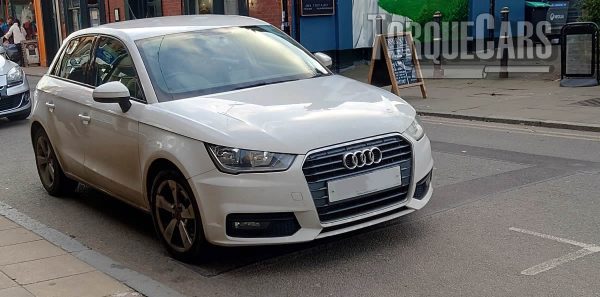
Yet, for those who love to tinker and enhance, the A1 presents an awesome opportunity as a project car.
A well-considered approach to performance modifications can transform the A1 from a premium urban commuter into a thrilling ride that punches well above its weight.
Its 1.4 Twincharged engine or the even better later 1.4 TFSi embodies a perfect blend of efficiency and potential for power.
With relatively minimal investment, chiefly a strategic remap, this engine can unlock surprising levels of performance, offering significant power boosts that belie the A1's modest size. This potent combination of luxury, practicality, and tunability makes the Audi A1 not just a car, but a passion project for our forum members, who are currently exploring its limits and sharing their innovative modifications.
Let's look first at suspension upgrades and then we'll cover engine and performance upgrades in a little more detail.
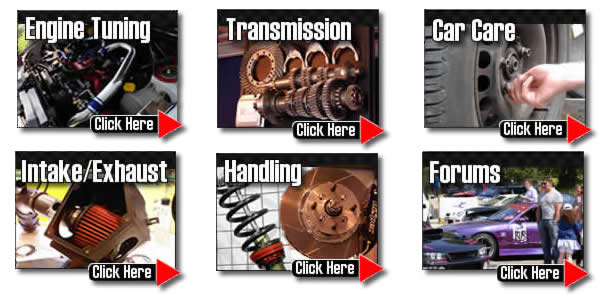
See our video which covers all the principles of tuning your Audi A1 this is an introductory guide to A1 Tuning.
Improving the handling of an Audi A1 tops the list of priorities for many owners. A car that corners like it's on rails, offering precision and confidence in every turn, transforms the driving experience from ordinary to exhilarating.
To achieve this heightened level of handling, focusing on the car's suspension is key. Performance suspension components specifically designed for the A1 can make a world of difference.
Lowering the car is a popular and effective way to enhance handling. A reduction in ride height of about 30-35mm not only gives the A1 a more aggressive stance but also lowers the center of gravity, which significantly improves stability and cornering ability.
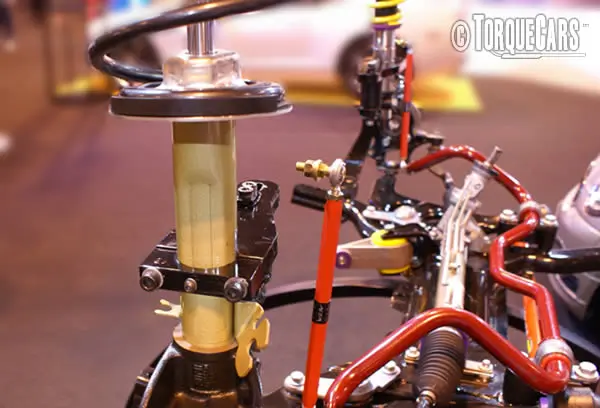
However, it's important to tread carefully beyond this point. Lowering the car excessively often necessitates modifications to the wheel arches, such as rolling, pulling, or even cutting, to prevent rubbing and allow for full suspension travel.
Equally crucial is the suspension's stiffness. While a firmer setup can reduce body roll and improve response, there's a fine line between stiff and too stiff.
An overly rigid suspension can actually ruin your A1's performance by causing the car to skip across road imperfections (mainly potholes here in the UK) instead of maintaining constant contact with the asphalt.
This not only compromises grip but can also lead to a less comfortable ride. The goal should be to strike a balance — a suspension that's firm enough to enhance handling while still allowing the car to absorb bumps and adhere to the road for maximum control and enjoyment.
Camber and toe are two critical alignment parameters that significantly influence how a car handles, grips the road, and wears its tires.
Understanding these can help you fine-tune your vehicle's handling characteristics for both daily driving and performance applications.
Camber
Camber refers to the angle of the wheels relative to the road when viewed from the front or back of the car. If the top of the wheel leans out away from the car, it has positive camber. If it leans in towards the car, it's negative camber.
Negative camber is commonly used in performance settings because when a car corners and the body rolls, the tire maintains better contact with the road, enhancing grip.
However, too much negative camber can lead to uneven tire wear, with the inside edge of the tire wearing down much faster than the outside. On the flip side, positive camber can improve stability in a straight line but is rarely used in modern cars due to its poor cornering performance.
Toe
Toe describes how much the wheels turn inward or outward when viewed from above. If the front of the wheels points towards each other, that's toe-in. If they point away from each other, that's toe-out.
Toe-in improves straight-line stability but can cause increased tire wear as the tires scrub slightly sideways as they roll. Toe-out is often used in performance cars to enhance turn-in response for corners, making the car feel more agile. Like camber, incorrect toe settings can lead to rapid and uneven tire wear.
Both camber and toe adjustments are crucial for tuning a car's handling to match the driver's preferences and the intended use of the vehicle.
Properly setting these angles can make a car more enjoyable to drive, whether on the track, carving through winding roads, or just cruising around town.
However, it's a delicate balance; too much adjustment in either direction can lead to poor tire life and potentially unsafe driving conditions.
When it comes to engine tuning you want to get the power coming on early and lasting for as much of the rev band as is possible.
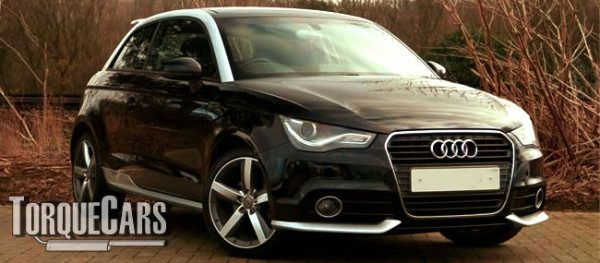
The biggest power gains usually come from larger engine sizes and turbocharged cars. It is a general rule that the more power you start with the greater the return on investment. Do an engine swap to a 2.0 TFSi for a stonking hot hatch. A tune/remap has to be the top of your list of mods if you have a turbo model, petrol or diesel - they both respond really well and there is lots of hidden power in the engine.
Audi A1 Tuning modifications.
Bear in mind the mantra that you want to keep as much low end power as you can and aim for a wide power band rather than a narrrow top end power spike. Whilst a lot of car part makers will claim peak BHP figures what you really need is a dyno plot showing the full torque curve.
We have guides for the following VAG group engines. (More will be added soon)
The following modifications are usually performed by our members, decide how far you want to go before you begin.
Getting the right mods for your planned usage of the car is vital. Stage 3 (competition) mods just don't work well on the road.
Please watch our video which covers the 5 principles of tuning your car. Be sure to keep up with our latest YouTube content and subscribe.
Best Engine Mods for your car
- Engine Tunes - engine tuning/remapping provides the most advantage in terms of cost savings, aftermarket ECUs, and piggyback ECUs are all alternatives.
- Handling mods - improving the brakes and suspension will transform the a1 handling to be more go kart like.
- Intake and Exhaust - Note that on their own these mods will NOT ADD POWER in most cases, but they can help enhance power after other mods by removing the restriction.
- Upgrades to turbochargers - forced induction upgrades are the most efficient approach to increase air supply, allowing you to burn more fuel and make more power. It is one of the most costly upgrades but provides the best gains.
- Lighter flywheels - improve throttle response and save overall weight. Some dump the DMF in favor of a single mass unit.
Typical stage 1 mods often include: Exhaust, Panel air filter, Engine Tunes/Remapping, lighter flywheel
Typical stage 2 mods often include: Ported and polished head, fuel injector & fuel pump upgrades,power clutch
Typical stage 3 mods: Engine balancing, upgrading forced induction (turbo/supercharger), Internal engine upgrades (pistons/head/valves), sports gearbox.
A1 remapping
One of the most effective ways to unlock the A1's potential is through engine remapping. This process adjusts the car's electronic control unit (ECU), optimizing performance, and in many cases, improving fuel efficiency.
The A1's turbocharged engines, benefit greatly from remapping, offering a notable increase in power and responsiveness.
This mod effectively enhances the car's performance, ensuring that any additional modifications, such as changes to the intake or exhaust system, work in harmony with the engine's new parameters.
The 2.0 TFSi, 2.0 Tdi and 1.4 TFSi can become unrecognizable when mapped, offer improved performance and better throttle response.
Cams
The later generation engines which are used on the A1 have cylinder deactivation (some gasoline engines) and the entire cam and head are a single unit due to the complexity of this and the addition of variable valve/cam timing.
This effectively means replacing the cam is not possible, but thankfully the ECU control and variable cam timing make this obsolete.
Using uprated injectors and a bigger capacity fuel pump deals with the fuelling issue - which you'll hit when pushing power gains of 60% or more.
Flywheel upgrades
Upgrading the flywheel in an Audi A1 is a hotly debated subject with strong opinions both for and against.
Especially considering the factory setup includes a Dual Mass Flywheel (DMF) which is designed to absorb engine vibrations and smooth out power delivery, particularly at lower RPMs, making for a smoother and more comfortable driving experience.
However, for those looking to enhance their A1's performance, especially in a tuning or racing context, switching to a Single Mass Flywheel (SMF) is a common consideration.
An SMF is generally lighter than a DMF, which means it has less rotational mass. The advantage of reducing this mass is a quicker throttle response and faster revving engine, allowing the car to accelerate more briskly. This can make a significant difference in performance-focused driving, where every fraction of a second counts.
The trade-off, however, is that SMFs do not dampen vibrations as effectively as DMFs. This means that installing an SMF in your Audi A1 could introduce additional vibrations, particularly noticeable at idle and lower speed operations.
hese vibrations can not only be felt through the car's chassis and into the cabin but might also increase wear on other drivetrain components over time due to the increased shock loads.
Choosing between staying with a DMF or upgrading to an SMF involves weighing the benefits of improved performance against the potential for increased vibrations and less comfort.
For drivers who primarily use their A1 for daily driving and value comfort, sticking with the DMF might be the best choice. On the other hand, for those who are building a track-focused project car or simply prioritize performance above all else, the benefits of an SMF might outweigh the downsides.
Audi A1 intake and exhaust modifications.
Before diving into the deeper end of engine modifications, it's critical to ensure your Audi A1's engine can breathe freely.
Addressing any airflow restrictions is a foundational step towards unleashing more power from your vehicle.
Swapping out the standard paper air filter with a cotton gauze panel filter can offer marginal improvements in certain upper rpm points, allowing for slightly better airflow and potentially enhancing performance.
When it comes to vehicles equipped with larger engines or turbochargers, where substantial power gains are pursued, the conversation around induction kits becomes relevant.
However, it's crucial to install an induction kit only if the original airbox limits airflow. For Audi A1s with power outputs close to factory specifications, the benefits of an induction kit are minimal.
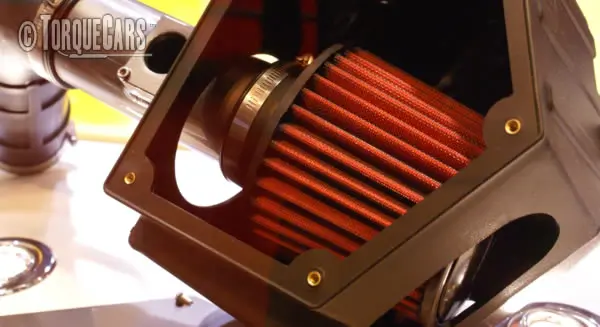
It's important to be skeptical of claims suggesting that induction kits can significantly increase power for the A1. These claims often overlook the critical issue of the induction system ingesting hot air from the engine bay, which can be mitigated, but not entirely solved, by incorporating a cold air feed.
Along with addressing your air intake, installing a high-performance sports exhaust is essential for achieving a balance in your engine's airflow dynamics.
Simply adding an induction kit without considering the exhaust system will have a negligible impact on power.
The exhaust system plays a crucial role in expelling gases efficiently, and it's vital to choose an exhaust with the correct bore size to match your engine's output and modification level.
Opting for an exhaust that's too large can actually hinder performance rather than enhance it. For a more detailed understanding of performance exhausts and tips on selecting the ideal size for your engine, refer to our in-depth exhaust guide.
This balanced approach ensures that your A1 not only breathes more efficiently but also maximizes the potential gains from your modifications.
Your clutch can sap a lot of your power if it starts to slip and the standard clutches are only ever good for power gains of up to 40 or 50%. Fit a performance clutch to avoid power losses through the transmission.
Audi A1 Wheel modifications.
Alloy wheels will help the brakes cool down and are usually lighter than the steel ones.
Upgrading to lighter alloy wheels and high-quality tires can also make a noticeable difference, improving grip, handling, and overall performance. These mods not only enhance the car's aesthetics but also its functionality, ensuring that the modifications serve a purpose beyond mere appearance.
Large wheels tend to be heavy and the last thing you want is to increase the unsprung mass in your car, instead choose performance tyres and light weight wheels of a similar size to the OEM settings on your car.
Aim to keep the overall rolling diameter of the wheel the same as supplied from the factory. In all cases we do not recommend going above 18 inches. Larger wheels weigh a lot more and add to the unsprung weight, this makes a big difference on the A1.
Most prefer the 17's on the A1 and if you fit a decent set of tires like the Uniroyal Rainsport, Potenzas or Eagle F1's you'll go a long way to maximizing your handling and grip.
If you would like to know more, or just get some friendly advice on Tuning your car please join us in our car forums where you can discuss A1 options in more detail with our A1 owners. It would also be worth reading our unbiased Audi tuning articles to get a full grasp of the benefits and drawbacks of each modification.
Please Check out my YouTube channel, we're regularly adding new content...
PLEASE HELP: I NEED YOUR DONATIONS TO COVER THE COSTS OF RUNNING THIS SITE AND KEEP IT RUNNING. I do not charge you to access this website and it saves most TorqueCars readers $100's each year - but we are NON PROFIT and not even covering our costs. To keep us running PLEASE Donate here
If you liked this page please share it with your friends, drop a link to it in your favourite forum or use the bookmarking options to save it to your social media profile.
Feedback - What do You Think?
Please use our forums if you wish to ask a tuning question, and please note we do not sell parts or services, we are just an online magazine.
Help us improve, leave a suggestion or tip
Please watch this video and subscribe to my YouTube channel.

 Click to accept YouTube Cookies & Play.
Click to accept YouTube Cookies & Play.